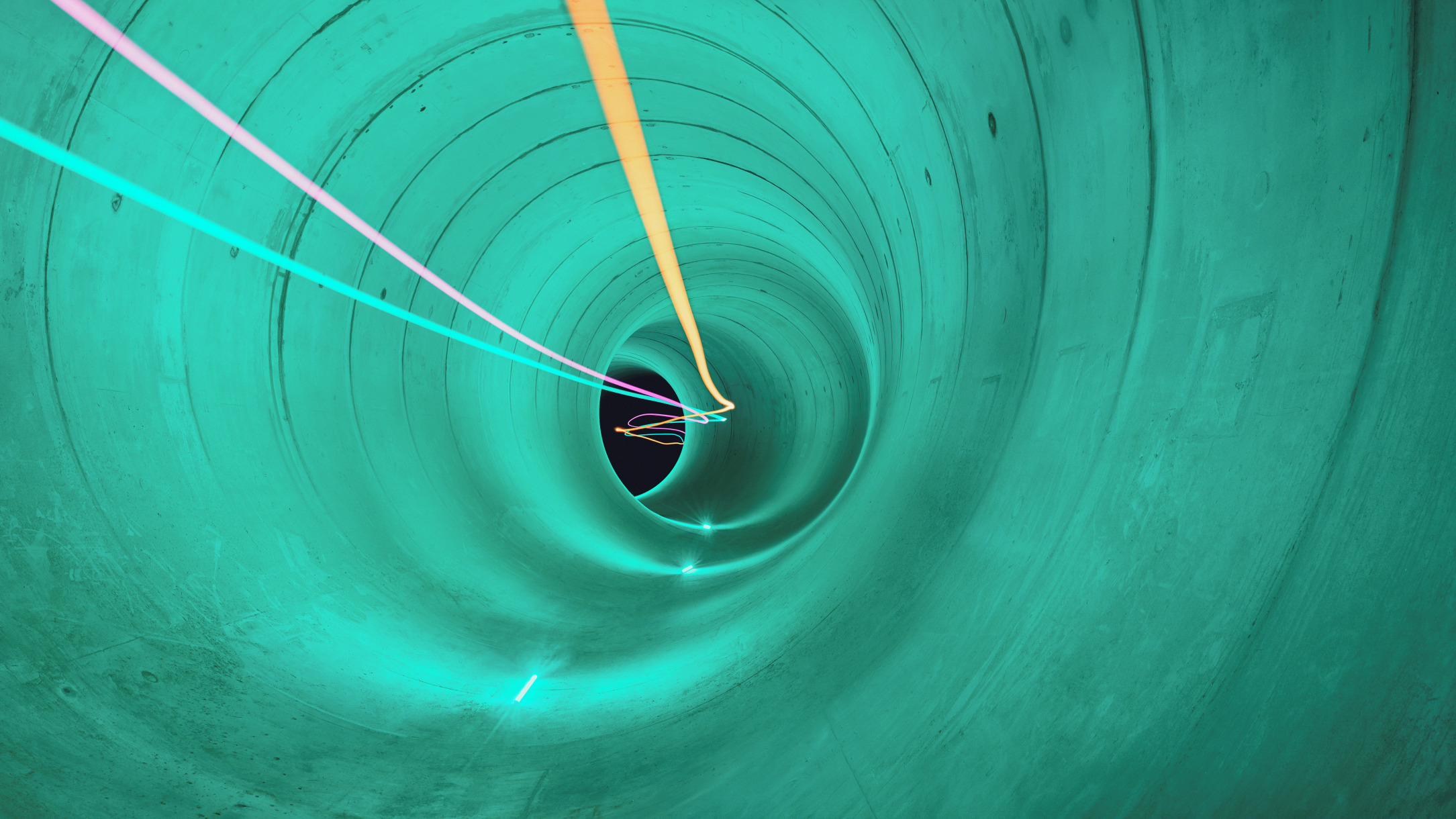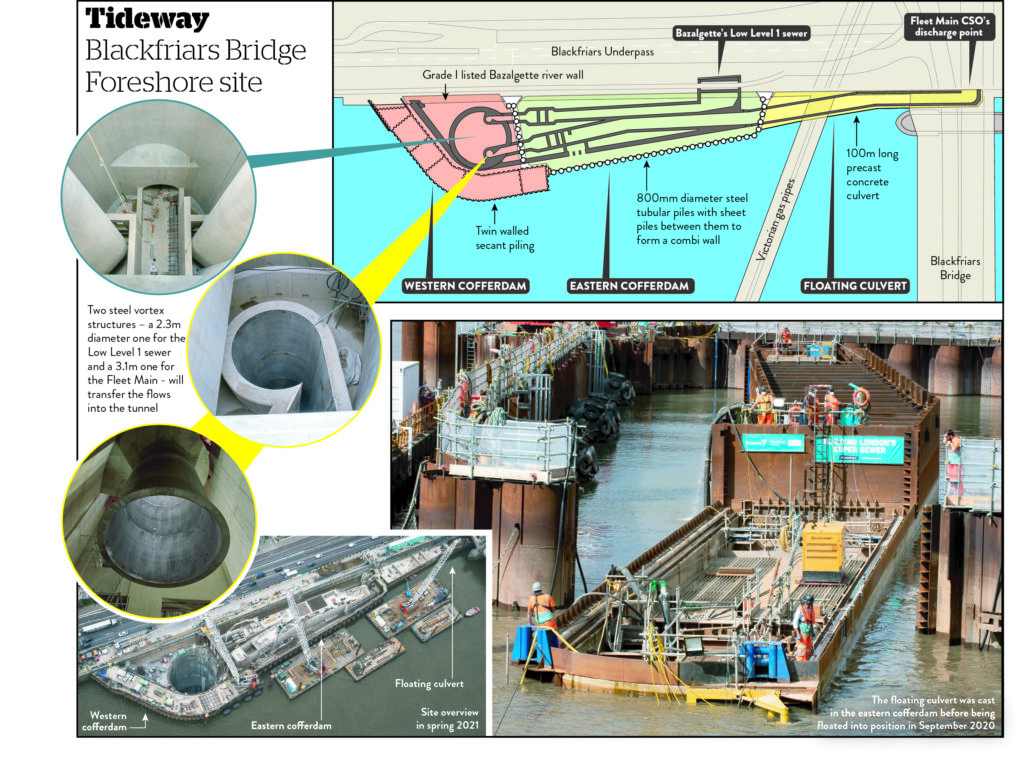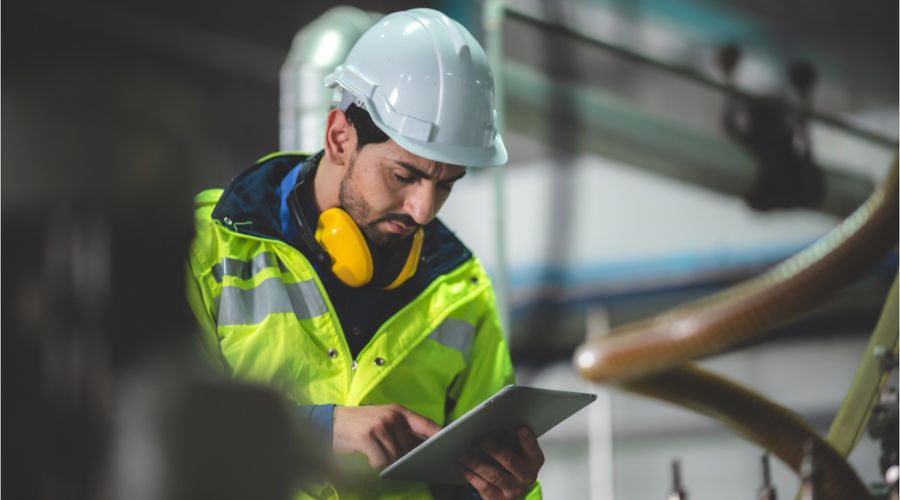Tideway: £4.5bn ‘super sewer’ begins to protect Thames as first 4 sites activated

This post was originally published on this site
The Thames Tideway Tunnel has started to become operational as the first four of 21 sites have been switched on.
This means that, after eight years of construction, the 25km £4.5bn “super sewer” has begun to protect London’s river from sewage pollution.
Valves, which operate like giant gates, are now open at four locations along the route of the pipeline, with the rest due to become operational in the next few months.
The sewer has been constructed to take excess overflow sewage and rainfall when the current systems reach capacity. One of these is Bazalgette’s original sewerage system built in the 19th century in response to the Great Stink. When London’s sewers become overfull, excess raw sewage and rainfall leaks in the River Thames polluting it.
Data for the first 24 hours of the sewer’s operation on 23 September – a day of heavy rainfall in London – show that 589,000m3 of water was captured by the full Tideway Tunnel network, even with just the first four connections activated. The new sewer stopped 219,000m3 from entering the Thames, with the existing Thames Water Lee Tunnel capturing 370,000m3.
The tunnel
The internal diameter of the main tunnel is 7.2m and runs from Acton in the west of London for more than 25km to Abbey Mills Pumping Station in the east. The combined sewer runs mostly under the tidal section or estuary of the River Thames with a combined capacity of 1.6Mm3.
Teams are now working to bring the system into full operation. This involves connecting the remaining discharge points to the new super sewer and testing the entire system during different weather conditions, including heavy storms.
The Tideway project is being delivered by an alliance of contractors. The west region is being delivered by a joint venture of Bam Nuttall, Morgan Sindall Infrastructure and Balfour Beatty. The central region is being delivered by a joint venture of Ferrovial Agroman UK and Laing O’Rourke. The east region is being delivered by a joint venture of Costain, Vinci Construction Grands Projets and Bachy Soletanche.
System integration is being delivered by Amey, which is responsible for providing process control, communication equipment and software systems for operation, maintenance and reporting across the Thames Tideway Tunnel system.
History of the tunnel
While the testing phase is now underway, work also continues above ground to finish the new riverside public spaces being created as part of the project. The whole project is on track for completion in 2025. It was originally due to be completed this year but the Covid-19 pandemic pushed this back.
In April last year, Tideway updated its cost estimate for the tunnel to £4.5bn, taking into account the remaining work programme and the impacts of inflation at the time.
The super sewer project was initially costed at £3.52bn in 2014, but that figure steadily crept up over the course of its construction to the current estimate of £4.5bn. The latest increase represented a circa 2% rise in cost since a report at the end of the 2021/22 financial year.
Once complete, Thames Water will take over operation of the sewer.
Work on the project began in 2016 after Ofwat gave the greenlight to the scheme in 2015.
More than 20 deep shafts some have been constructed across London to divert sewage flows and to lower tunnelling machines into the ground for the project. The last of these was completed in 2021 with the first shaft cap completed in 2023.
The first of these giant machines started work deep beneath London in 2018, with tunnelling on the sewer completed in April 2022 and primary lining across the entire project shortly after.
By the autumn of 2023, secondary lining was fully complete on all the tunnels, with the heavy civil engineering work then completed in the spring of 2024.
In May 2024, the new 25km super sewer was connected to the 6.9km Lee Tunnel, which became operation in 2016, completing the full London Tideway Tunnel network.
Reaction to Tideway becoming operational
Tideway chief executive Andy Mitchell said: “This is an important moment for the Thames. The super sewer has been switched on and is starting to protect the river from sewage pollution.
“After eight years of construction, in which almost 25,000 people have contributed more than 40M working hours, this system is operating for the first time.
“These are early days, with more connections to make and further testing to come, but the super sewer’s positive influence on the health of the Thames will increase over the coming months – and London will soon be home to the cleaner, healthier river it deserves.”
Thames Water chief executive Chris Weston said: “This is a very exciting moment for us all as we see the third and final phase of the huge scheme to help prevent sewage pollution entering the River Thames. We recognise no single body has the ability to achieve this vision alone and are keen to continue our work with partners to meet expectations of the community and the environment.
“The Thames Tideway Tunnel, a £4.5bn investment made by our customers, is nearing completion. We are already seeing the benefits of our £700M investment in Lee Tunnel in 2016, and the Channelsea River and River Lea now have ‘good to excellent’ water quality as a result – showing how the Thames Tideway Tunnel is set to bring further improvements in central London.
“We have published plans to upgrade over 250 of our sewage treatment works. In London, we have started the £100M upgrade of Mogden sewage treatment works, and we’re also spending £145M upgrading Beckton sewage treatment works, which will increase capacity and reduce the number of storm discharges.”
Thames21 chief executive Chris Coode said: “We are delighted to see the Thames Tideway Tunnel is coming into commission. This critical infrastructure will play a significant role in protecting the tidal Thames from the damage caused by sewage pollution, a step toward improving the health of the river in central London.
“We hope this major project will inspire the rapid implementation of other solutions, to restore and protect our rivers. Much work remains to be done across the wider Thames Basin to address the full range of sewage challenges.”
Water minister Emma Hardy said: “The Thames has defined the capital and the nation, but like so many of our waterways it has been degraded by unacceptable levels of pollution.
“Our reforms of the water sector will fundamentally change how our water system works and clean up our waterways. The Thames Tideway Tunnel is an example of the transformation and investment we want to see up and down the country to clean up our rivers, lakes and seas.
“This is an important milestone with the first sections in action and already reducing the level of sewage pollution in the Thames.”
Environment Agency chair Alan Lovell said: “We are proud to have worked collaboratively with partners on the Tideway project reducing storm sewage spills into the tidal Thames by around 95%.
“Our contribution ensures that the best possible environmental outcomes are achieved; we are confident that the project will markedly improve the river for wildlife and for people.
“We are regulating the system with environmental permits and will continue to monitor water quality and aquatic life in our capital’s river.”
Like what you’ve read? To receive New Civil Engineer’s daily and weekly newsletters click here.






Responses